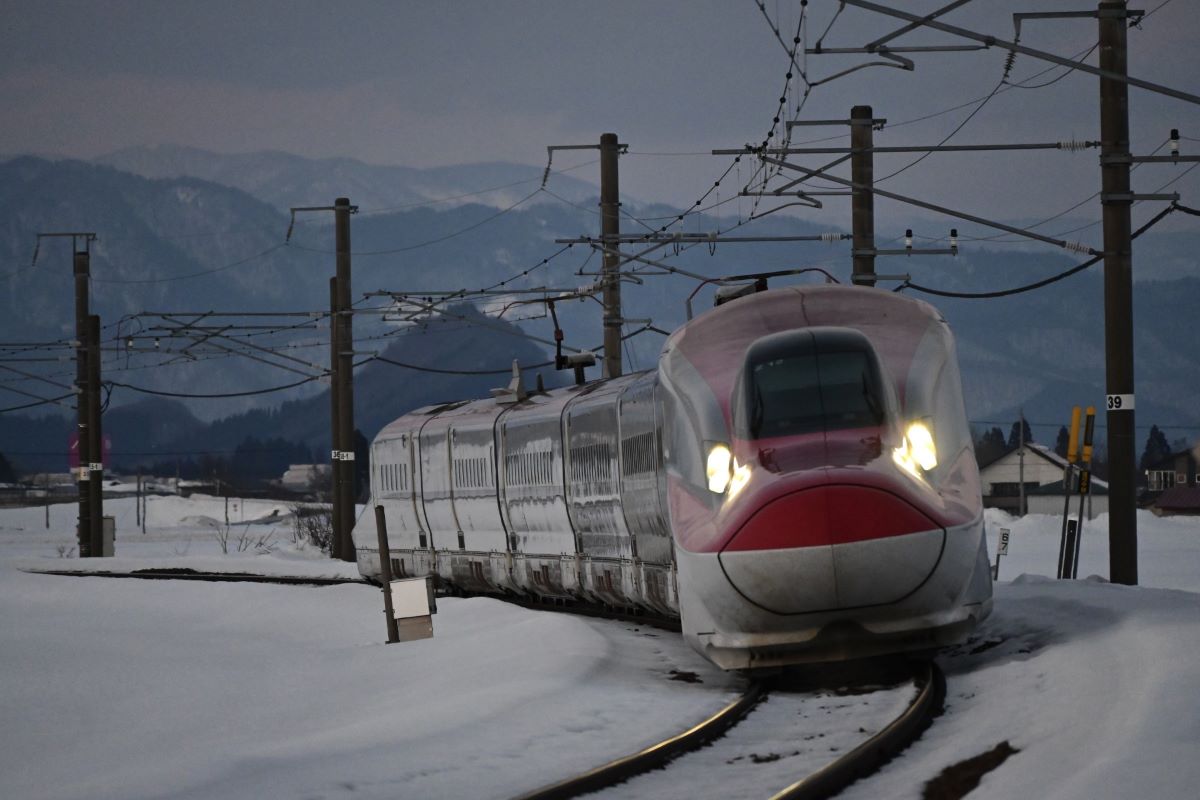The Yamagata Shinkansen is a high-speed bullet train rail route in Japan, operated by East Japan Railway Company (JR East).
It provides service between Tokyo and Shinjo with stops along the way, including Fukushima and Yamagata. The service began in 1992 with the Tsubasa train, which is specifically designed for the Yamagata Shinkansen route.
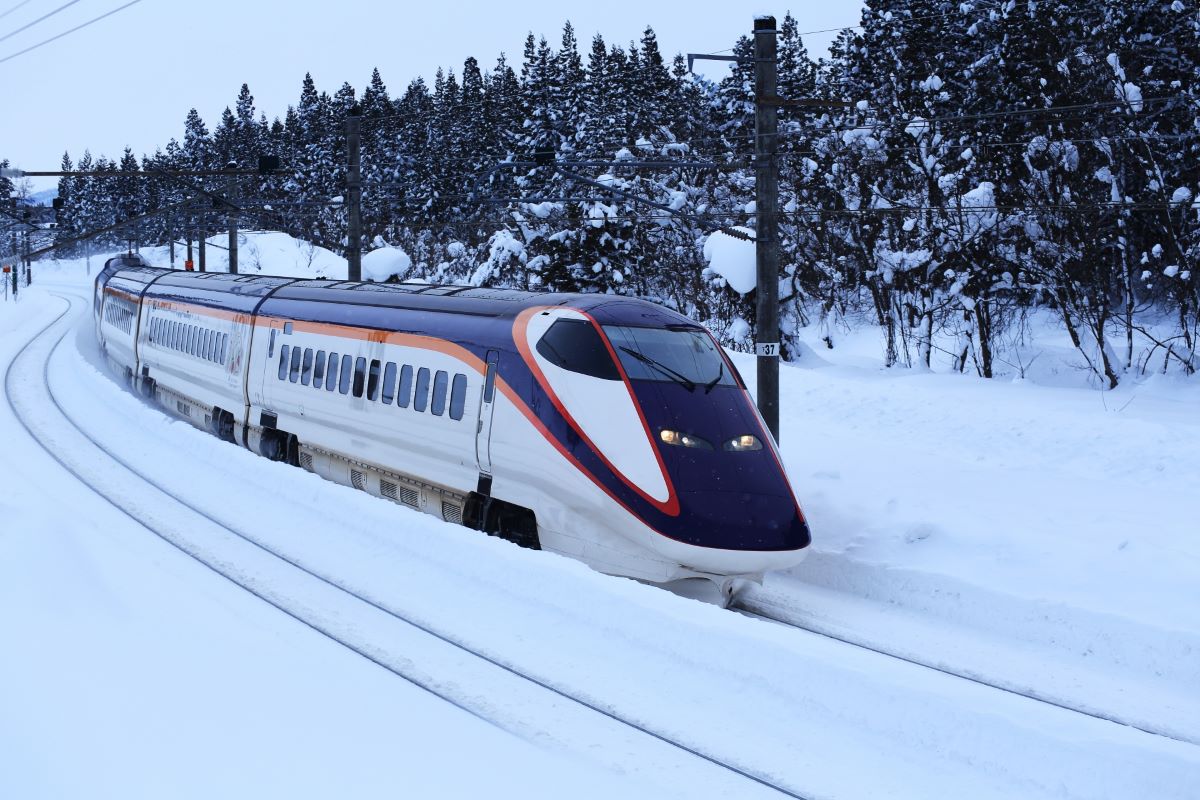
It’s known as a mini-shinkansen route, which means it runs on regular tracks that have been upgraded to accommodate bullet trains. This allows the route to connect to areas that would not otherwise have access to the Shinkansen network.
Route
The line is run by East Japan Railway Company (JR East) and was inaugurated in 1992. It shares tracks with the Tohoku Shinkansen between Tokyo and Fukushima stations and then branches off onto its own tracks.
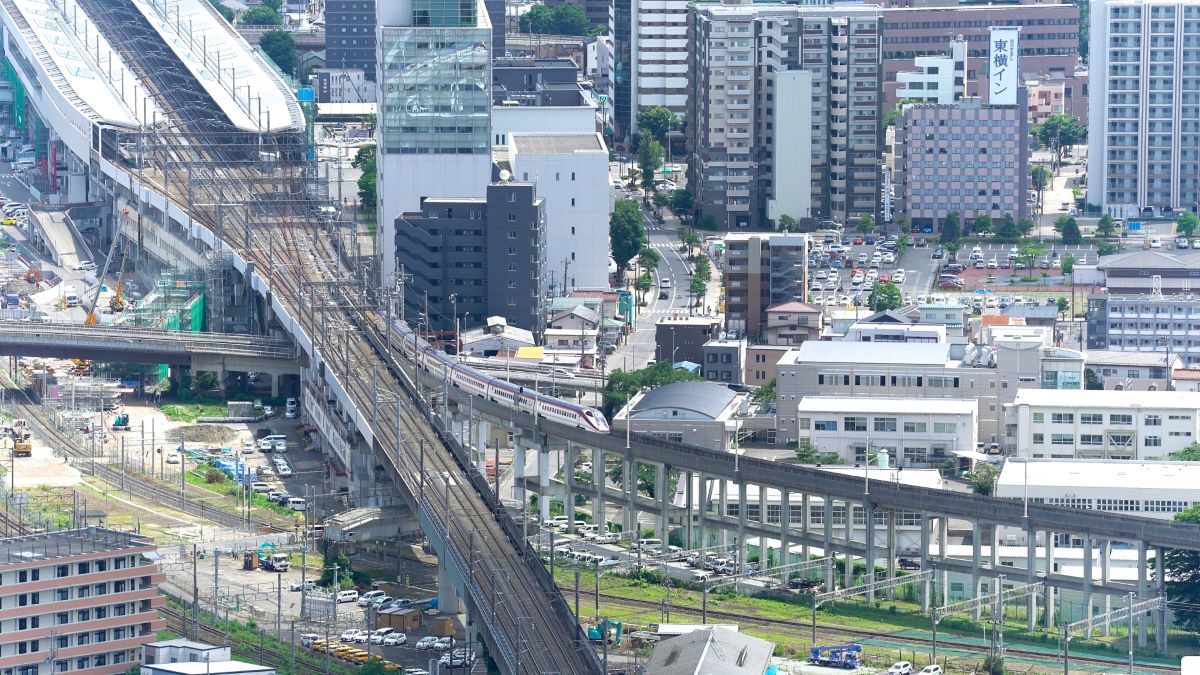
The line is approximately 266.5 kilometers long and takes around 2 hours and 30 minutes to travel from Tokyo to Shinjo.
There are 11 stations along the Yamagata Shinkansen route, including Tokyo, Ueno, Omiya, Fukushima, Koriyama, Shiroishi-Zao, Yamagata, Tendo, Sakata, Tsuruoka, and Shinjo.
The route is known for its scenic views, including the mountains and rice paddies and the line also passes by several popular tourist destinations, such as the Yamadera temple, the Ginzan Onsen hot springs, and the Dewa Sanzan mountain range.
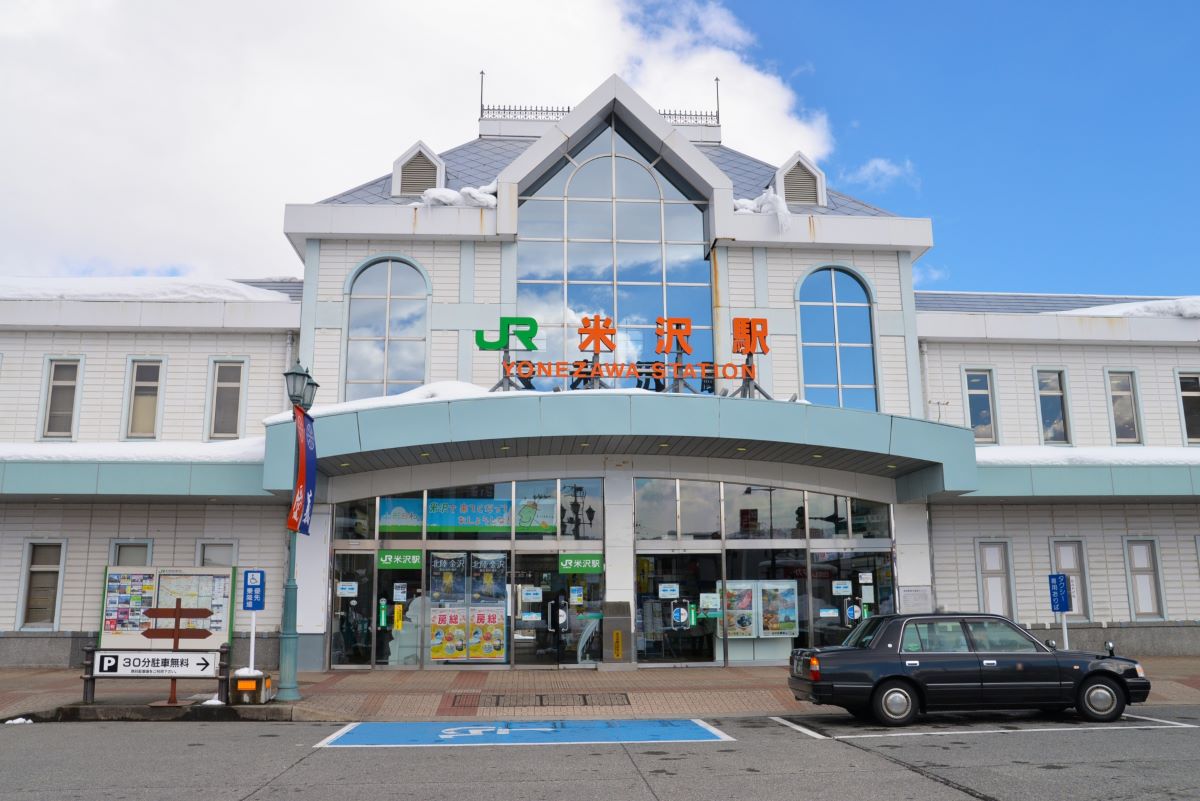
The Yamagata Shinkansen operates with a frequency of 1-2 trains per hour during peak hours and 1 train per hour during off-peak hours. The timetable varies depending on the day of the week, so it is important to check the schedule beforehand.
Map
Here’s a map of the line by JR East with some of the attractions you can visit in the area.

Services

The trains are called Tsubasa and are easily recognizable by their blue and white color scheme. They are comfortable and spacious, with reserved and non-reserved seating options and a dining car serving food and drinks, including bento boxes, sandwiches, and beer.
There are several types of Tsubasa trains, including the Yamagata Shinkansen Tsubasa, which runs between Tokyo and Shinjo, and the Yamagata Shinkansen Toreiyu Tsubasa, which offers a unique experience with footbaths and scenic views of the countryside.
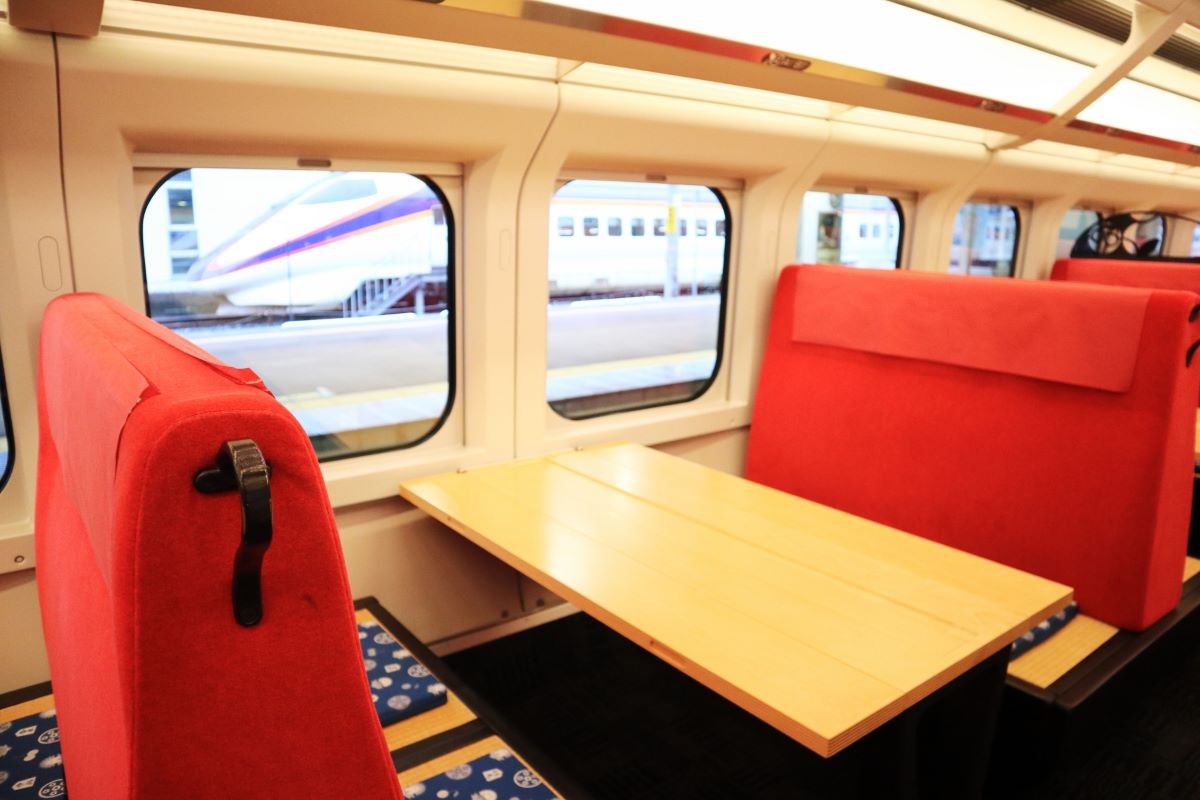
Stations
The Yamagata Shinkansen stops at 11 stations between Fukushima Station and Shinjo Station in Yamagata Prefecture. The stations are:
- Fukushima Station
- Koriyama Station
- Shiroishi-Zao Station
- Kaminoyama-Onsen Station
- Yamagata Station
- Tendo Station
- Sakuranbo-Higashine Station
- Murayama Station
- Sagae Station
- Akayu Station
- Shinjo Station
Each station has its own unique features and attractions, making them worth a visit for travelers. Here are some highlights:
| Station | Highlights |
|---|---|
| Shiroishi-Zao Station | Close to the Zao Onsen ski resort and the Zao Fox Village. |
| Kaminoyama-Onsen Station | Located in a hot spring town with many ryokans and onsens. |
| Yamagata Station | Home to the Yamagata City Museum and the Yamagata Manabikan, a cultural center with exhibits on local history and traditions. |
| Tendo Station | Famous for its shogi (Japanese chess) pieces and the Tendo Sakura Matsuri, a cherry blossom festival held in April. |
| Sagae Station | Known for its production of cherries and the Sagae Roadside Station, which sells local produce and crafts. |
Travelers can easily transfer to other train lines or buses at many of the stations to reach their final destination. The Yamagata Shinkansen is a convenient and efficient way to explore the Yamagata region.
Rolling Stock

The Yamagata Shinkansen uses the E3 Series and E8 Series rolling stock. The E3 Series, introduced in 1992, was the first train to operate on the Yamagata Shinkansen. It has a maximum speed of 275 km/h and consists of 7 cars, including 2 Green cars and 5 ordinary cars. The E3 Series was retired from service in 2020.
The E8 Series, which is set to debut in Spring 2024, is the newest rolling stock for the Yamagata Shinkansen. It is designed to replace the retired E3 Series and will operate at a maximum speed of 320 km/h. The E8 Series will consist of 4 cars, including 1 Green car and 3 ordinary cars. The train is equipped with the latest safety features and technology, including regenerative braking and improved acceleration.
The following table provides a comparison between the E3 Series and E8 Series rolling stock:
| Rolling Stock | E3 Series | E8 Series |
|---|---|---|
| Maximum Speed | 275 km/h | 320 km/h |
| Number of Cars | 7 (2 Green cars, 5 Ordinary cars) | 4 (1 Green car, 3 Ordinary cars) |
| Length | 200 meters | 100 meters |
| Capacity | 514 passengers | 240 passengers |
The E8 Series was developed with the aim of improving efficiency and reducing costs. The train’s lighter weight and smaller size will result in lower energy consumption and maintenance costs. Additionally, the E8 Series will be equipped with a lithium-ion battery system, which will allow the train to continue operating in the event of a power outage.
History
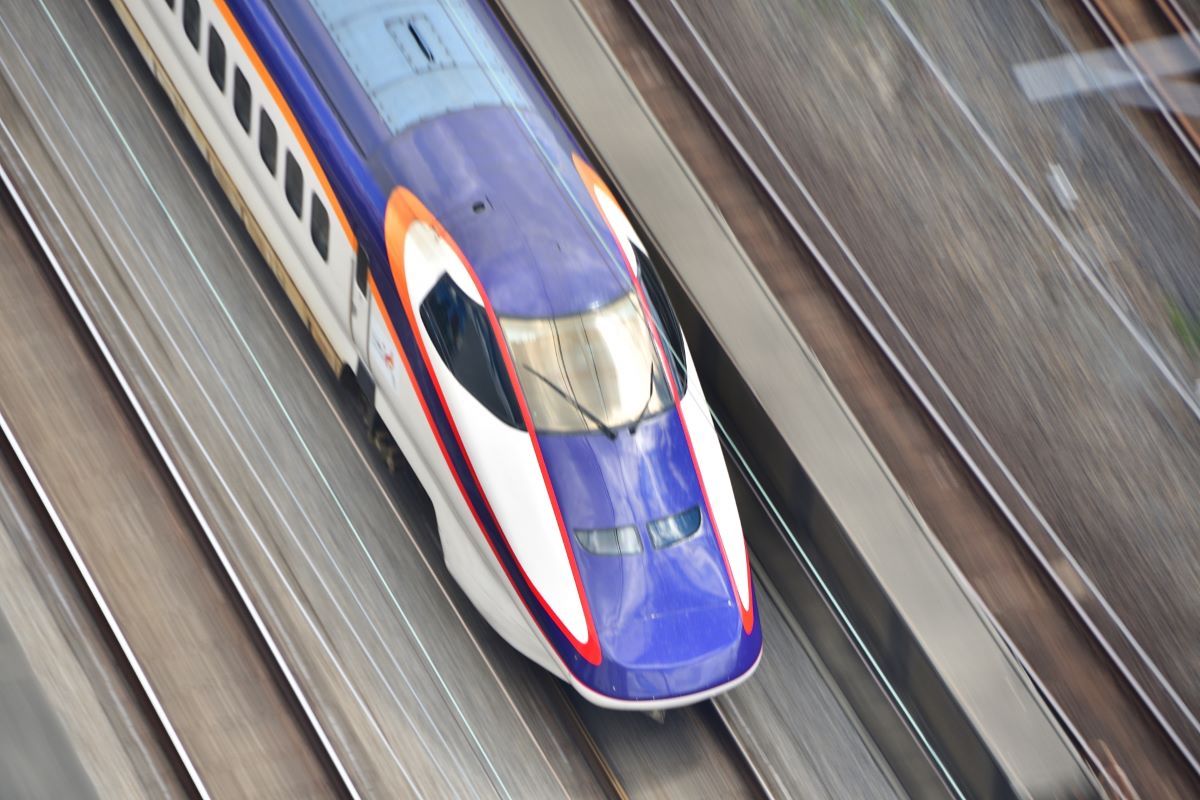
The line opened on July 1, 1992, and was the first Mini-shinkansen line to open. The line was built by upgrading existing narrow-gauge tracks to standard gauge tracks and building new standard gauge tracks on sections where there were no existing tracks. The line was built to provide a direct connection between Tokyo and Yamagata Prefecture, as the existing Tōhoku Shinkansen line did not serve the region.
Initially, the line was served by six-car 400 Series Shinkansen trains attached to a 200 Series Shinkansen on the Tōhoku Shinkansen line between Tokyo and Fukushima. In 1997, the 400 Series trains were replaced by the newer E3 Series trains, which were specifically designed for the Mini-shinkansen lines. The E3 Series trains were later replaced by the E6 Series trains in 2013, which are still in service today.
The line was extended to Shinjo in 1999, and the journey time from Tokyo to Shinjo was reduced to just over three hours. In 2012, the line was further extended to Tsuruoka, making it possible to travel from Tokyo to Tsuruoka in just over four hours.
Future Developments
One of the most significant developments is the construction of a 23-kilometer tunnel for the Yamagata Shinkansen, which is currently underway. This tunnel will allow the line to be extended to Shinjo Station, which will improve connectivity between Yamagata and other cities in the region. According to The Japan Times, the tunnel is expected to be completed by 2028.
In addition to the tunnel, there are plans to introduce new rolling stock on the Yamagata Shinkansen line. According to JR-EAST, the operator of the line, they are currently researching and developing new trains that will be faster, safer, and more energy-efficient than the current trains.
Another development that is being considered is the extension of the Yamagata Shinkansen line to Sendai, the largest city in the Tohoku region. This extension would significantly improve connectivity between Yamagata and Sendai, and would also provide a direct link between Sendai and Tokyo, which is currently not possible on the Shinkansen network.


